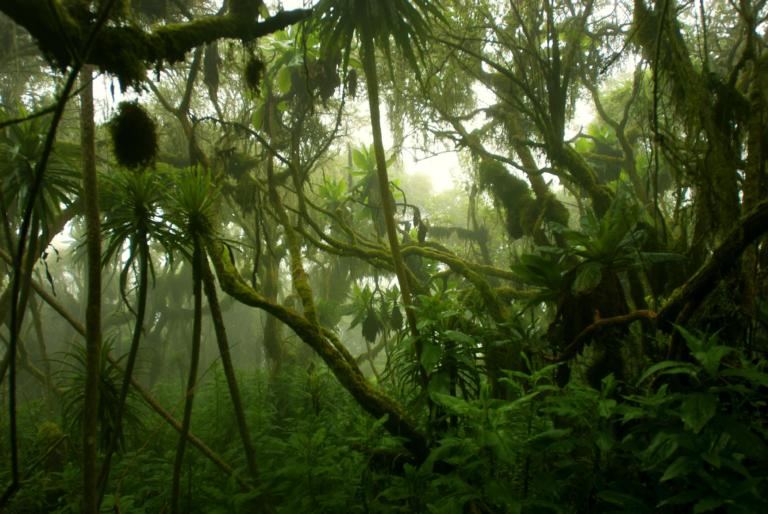
A third of the tropical plant species in Africa is possibly endangered and another third is at risk of becoming endangered. That is the conclusion an international team of scientists, including from Naturalis Biodiversity Center, published in Science Advances this week. The researchers have devised a new model to evaluate the conservation status of plants
Automatedconservation status
Many plant species are losing their habitat due to deforestation and climate change. Research is needed to estimate how plants are coping, but it is difficult to perform a continent wide analysis. The standard method for evaluating plant and animal conservation status, is the IUCN Red List. The Red List takes into account the size of the population, as well as the size and fragmentation of the species’ habitat.
Even though the IUCN method is considered the gold standard, it requires a lot of time to assess a species’ conservation status. That is why at the moment only about 8% of all plant species worldwide have an IUCN Red List status. To counter the rapid changes in nature, a new approach is needed.
PACA
This is why scientists have developed the Preliminary Automated Conservation Assessment, or PACA. This autonomous system is able to determine the conservation status of plant species based on observation data. To test PACA, scientist used a large database of more than six hundred thousand observations of plants in Sub-Sahara Africa. PACA was able to classify twenty two thousand species of plants in seven hours. A lot quicker that the traditional IUCN method, which takes about a day per species.
Using the PACA data, the scientists concluded that a third of all tropical plants in Africa is possibly endangered and a further third is at risk of becoming so.
Four areas in particular seem to warrant extra attention: Ethiopia, West-Africa, central Tanzania and the south of the Democratic Republic of the Congo. These regions hold many endemic species, plants that occur nowhere else in the world. On top of that, these areas have high rates of deforestation.
The main cause of deforestation is human activity such as logging, farming and mining. Using PACA, scientists and conservations are able to assess where nature is most under threat.
Jan Wieringa, who was part of the research on behalf of Naturalis Biodiversity Center, stressed the importance of accurately determining conservation status and the possibilities PACA opens up. Wieringa: “This study gives us an idea of the number of endangered species in tropical Africa. It shows us the scale of the problem and the amount of work we still need to do, but it also tells us which species to prioritize for detailed assesment. Aside from this, it shows which areas are threatened most and where conservation efforts will sort the largest effect. It also becomes clear that many species in other areas may not (yet) be threatened, but are indeed rare, which means they may become endangered when land-use in these areas changes".